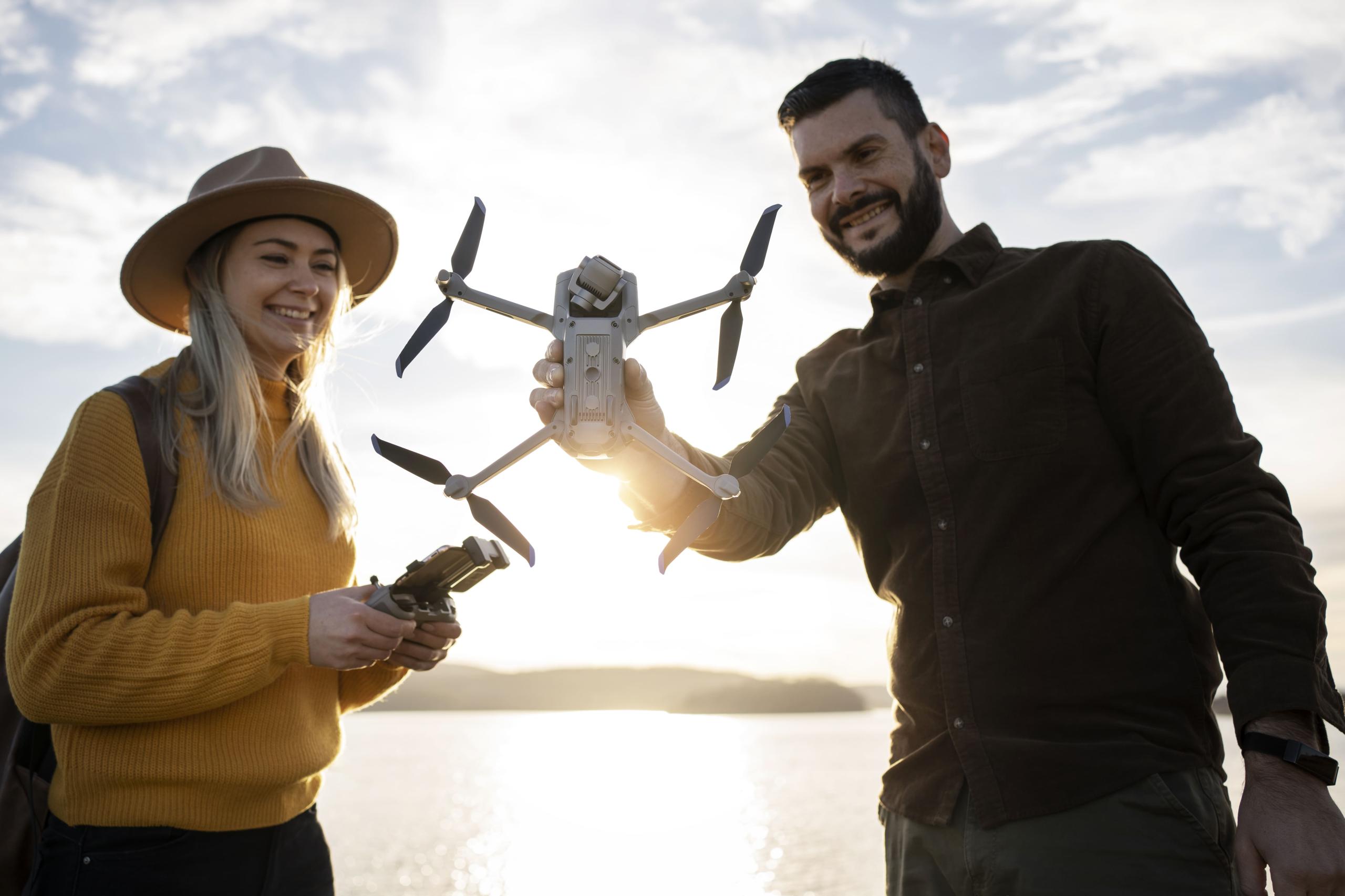Key Rules Under Part 107 (Altitude, Line of Sight, and More)
The FAA’s Part 107 regulations outline the legal requirements for operating drones commercially in U.S. airspace. These rules are designed to ensure safety for both drone pilots and the general public. Understanding these rules is essential—not just to pass the FAA exam, but to avoid fines, crashes, or violating federal law. Here are the key operational rules every commercial drone pilot must follow under Part 107.
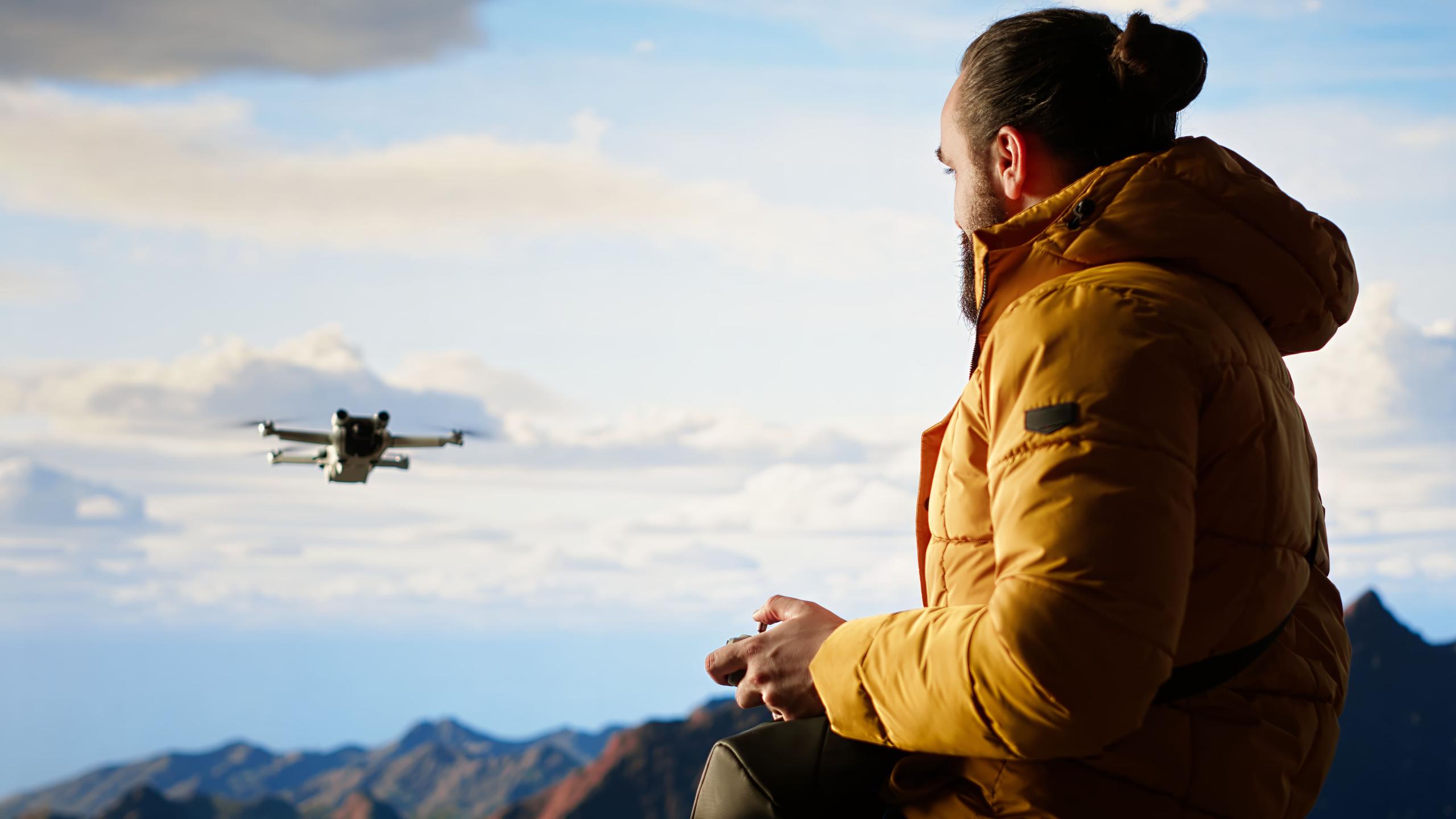
1. Maximum Altitude: 400 Feet Above Ground Level (AGL)
One of the most important limitations under Part 107 is the altitude restriction. Drones may not be flown higher than 400 feet above the ground unless they are within 400 feet of a structure and not exceeding the structure’s height.
Why it matters: This rule helps prevent drones from entering airspace used by manned aircraft, which typically fly above 500 feet.
Example: If you’re inspecting a 300-foot cell tower, you can legally fly up to 700 feet AGL, but only while staying within 400 feet horizontally of that tower.
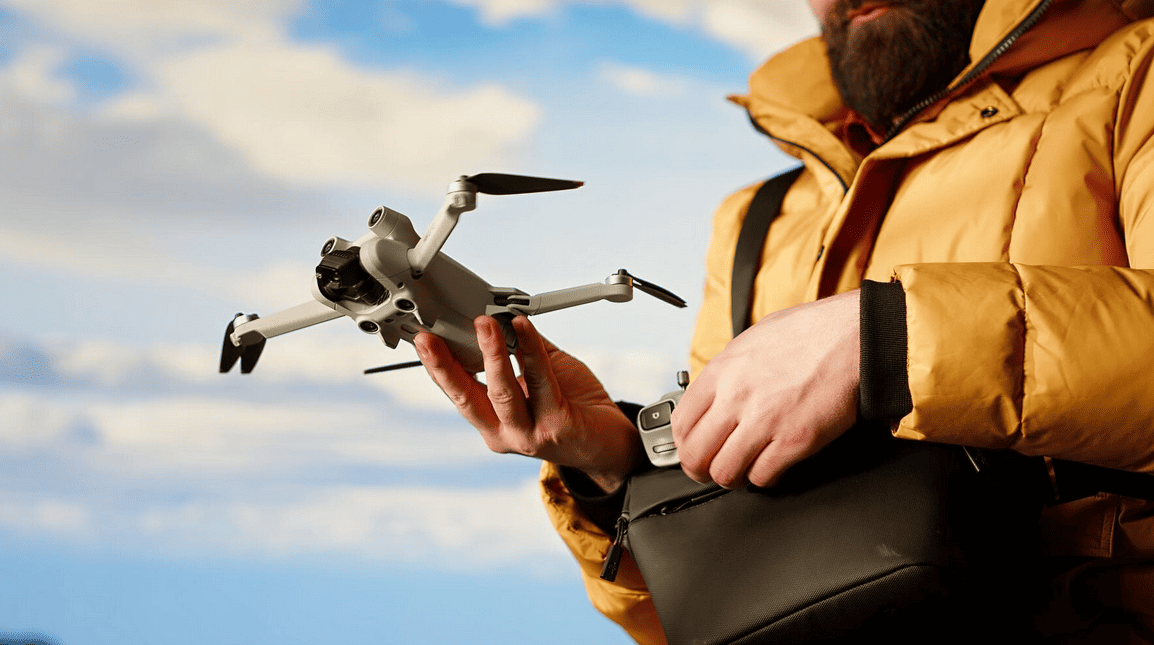
2. Line of Sight (VLOS)
You must maintain visual line of sight (VLOS) with your drone at all times. This means the drone should always be visible to you (the remote pilot) or your visual observer—unaided by binoculars.
Why it matters: VLOS allows you to detect obstacles, other aircraft, or hazards that autonomous sensors may miss. It also helps maintain control in case of emergencies.
Tip: Flying behind buildings, trees, or using First Person View (FPV) goggles is not allowed without a waiver.
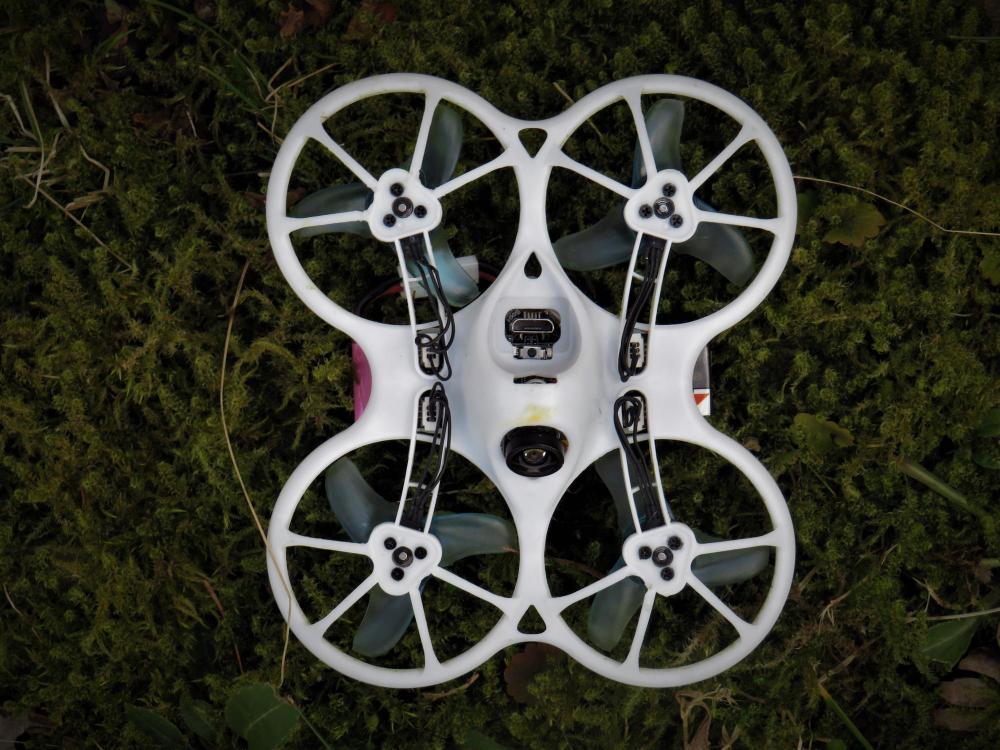
3. Daylight Operations Only
Part 107 allows operations only during daylight hours or civil twilight (30 minutes before sunrise and 30 minutes after sunset), provided your drone is equipped with anti-collision lighting.
Flying at night without the proper training or a waiver used to be prohibited, but the FAA updated Part 107 in 2021 to allow night operations—only if you complete a night flying knowledge test and equip your drone appropriately.
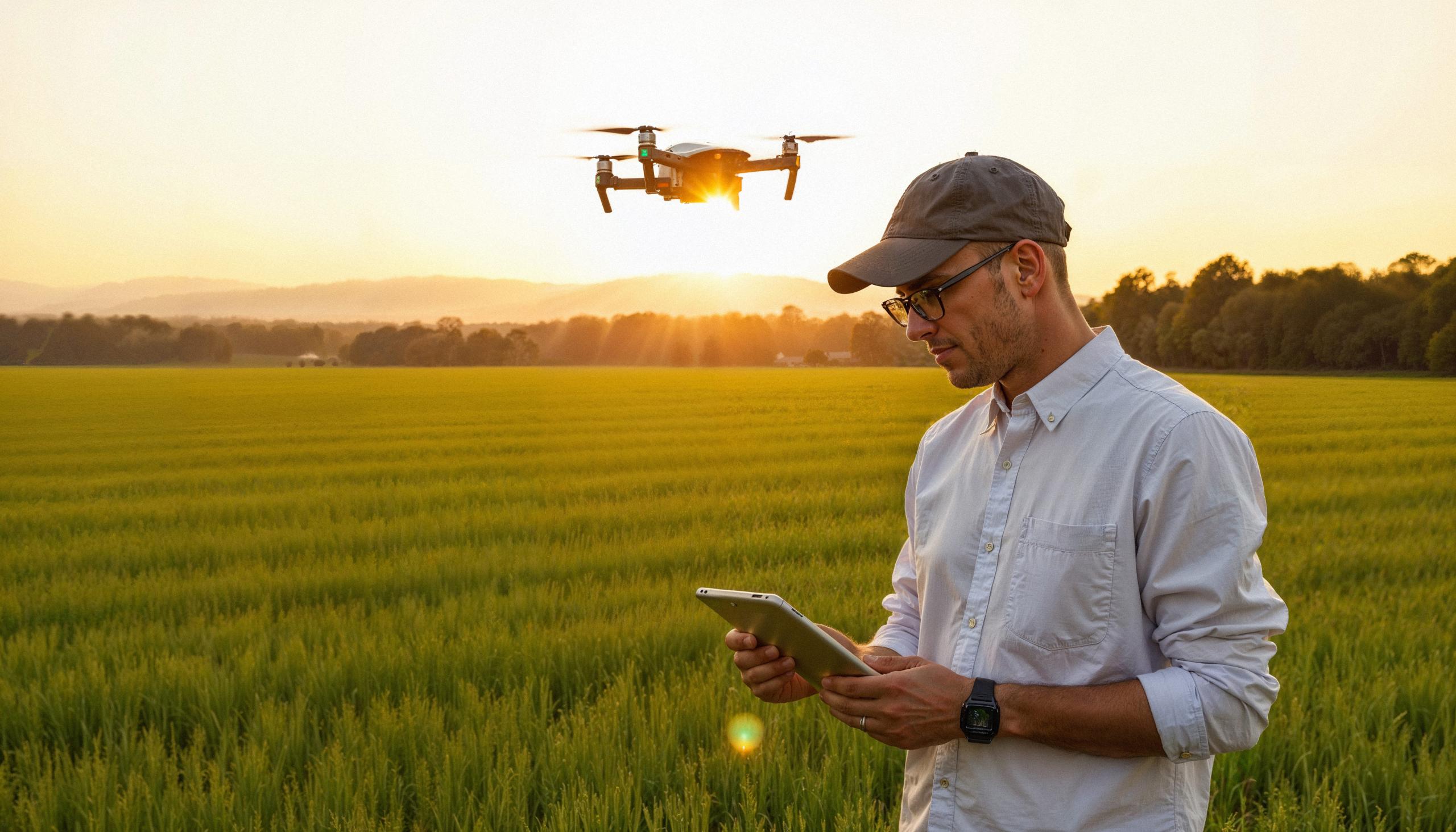
4. No Flying Over People (Unless Waivered or Permitted)
You may not fly your drone directly over people not involved in your operation unless:
- You qualify under the FAA’s new rules for Category 1, 2, or 3 drones, which assess risk of injury,
- Or you obtain a Part 107 waiver.
Flying over crowds, traffic, or populated areas without proper authorization is a major violation.
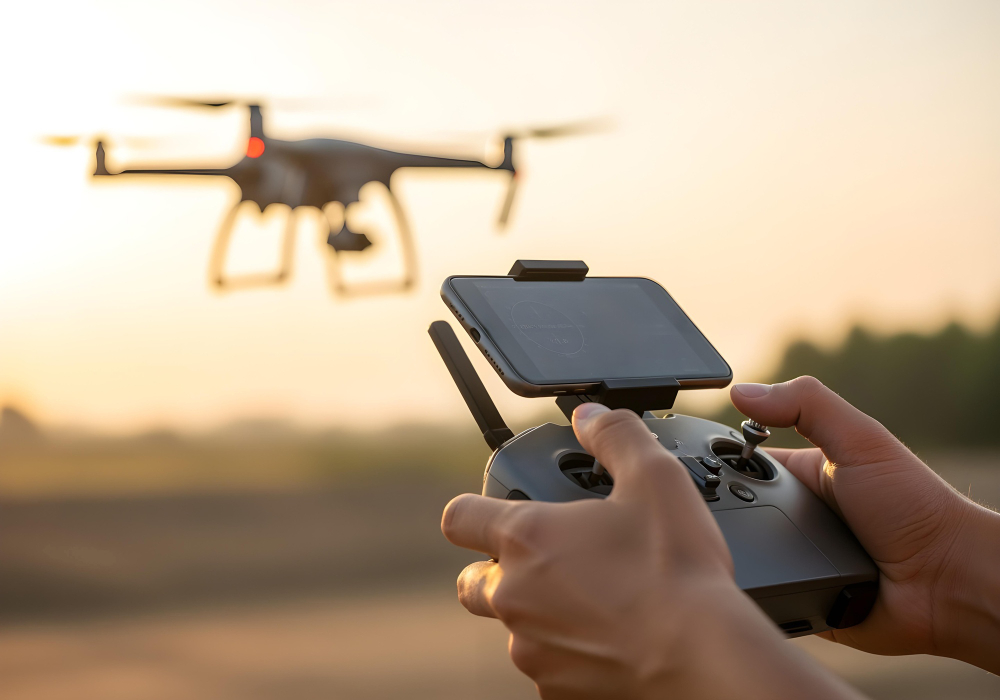
5. No Flying from a Moving Vehicle
You cannot fly a drone from a moving vehicle unless you’re in a sparsely populated area and the flight is not over people or vehicles.
This rule is in place to prevent distracted operation and maintain control of the aircraft.
6. Airspace Restrictions
By default, Part 107 pilots may fly only in Class G (uncontrolled) airspace without additional approval. For Class B, C, D, or E airspace, you must request authorization through LAANC or the FAA DroneZone portal.
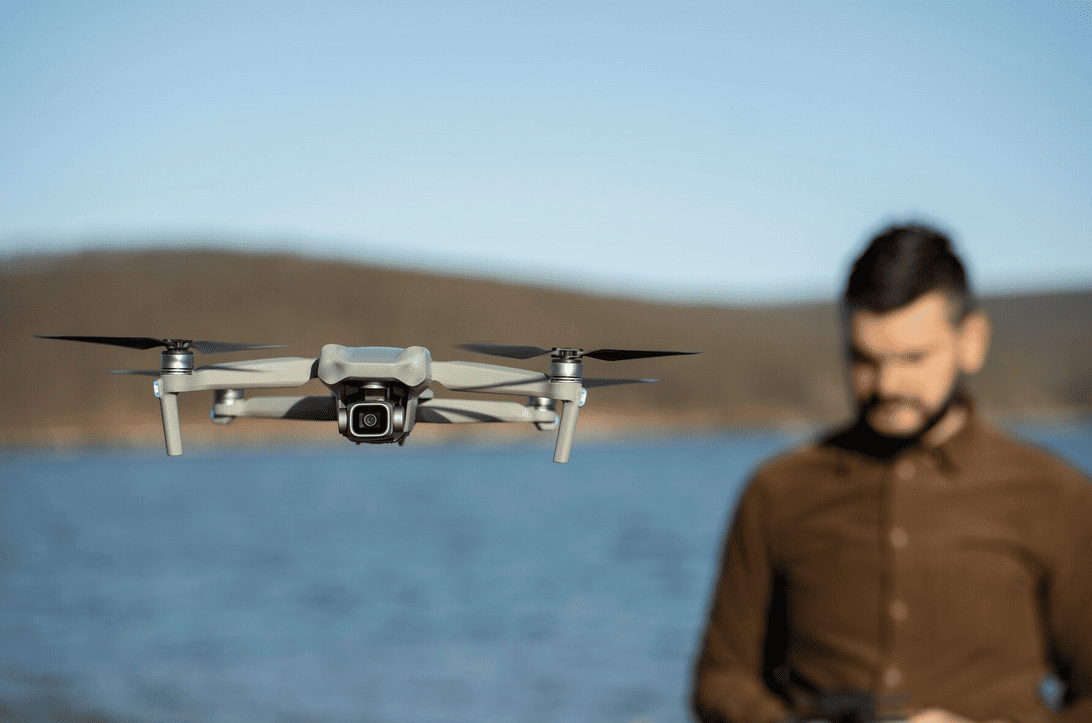
7. Preflight Inspection Required
Part 107 requires pilots to inspect their drone before each flight to ensure it is safe for operation. This includes checking:
- Battery levels
- Propellers
- Firmware updates
- Weather conditions
- Flight controls
8. Maximum Speed and Weight
- Maximum groundspeed: 100 mph (87 knots)
- Maximum takeoff weight: 55 lbs (including payload)

Summary of Key Part 107 Operational Rules
| Rule | Limit |
|---|---|
| Altitude | Max 400 feet AGL (or within 400 feet of a structure) |
| VLOS | Must always be maintained |
| Time of Day | Daylight or civil twilight with anti-collision lights |
| Over People | Prohibited unless compliant with new rules or waiver |
| Airspace | Class G allowed; others require FAA authorization |
| Speed | Max 100 mph (87 knots) |
| From Vehicle | Allowed only in remote areas |
| Drone Weight | Must be under 55 lbs including payload |
By mastering these rules, you’ll not only pass your FAA Part 107 exam, but also ensure you’re flying responsibly and legally. For more details, visit our sections on LAANC authorization, airspace classifications, and flying over people regulations.
